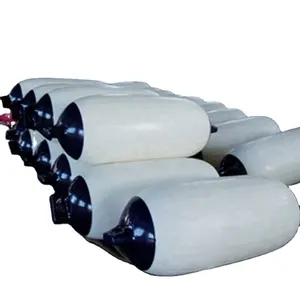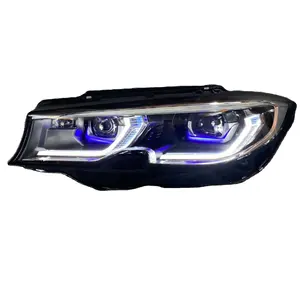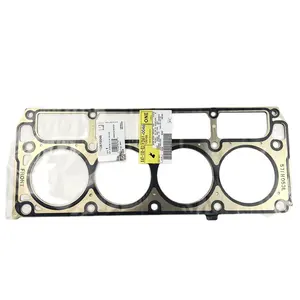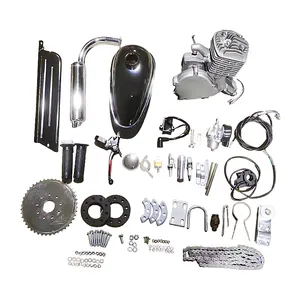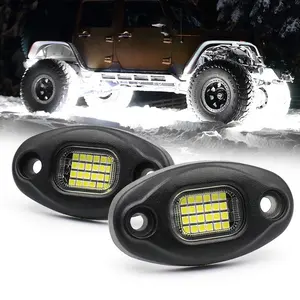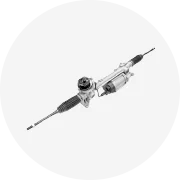Populer di industri Anda






Kualitas tinggi RE0F10A F1CJA JF011E Nissan CVT transmisi utama Piston katrol bangun ulang Kit untuk Nissans
US$0,85 - US$2,00
Minimal Pesanan: 100 Buah







Kualitas Tinggi VT1 VT2 Transmisi CVT Sabuk Rantai 901050 Cocok untuk Mini 2002-2008 Ni Z3N4
US$78,00 - US$85,00
Minimal Pesanan: 1 Set
Pengiriman per potong: US$23,34







VT1 VT2 Transmisi CVT Rantai Sabuk 901050 Cocok untuk Mini Cooper 2002-2008 Ni Z3N4
US$78,00 - US$97,00
Minimal Pesanan: 1 Set
Pengiriman per potong: US$20,00







Rantai Sabuk Transmisi RE0F11A JF015E CVT, untuk Nissan 901068 901072
US$85,00 - US$90,00
Minimal Pesanan: 1 Buah




Penjualan laris bagian transmisi mobil otomatis sabuk rantai CVT K110 K111 K112 901064 untuk Toyota RV4
US$85,00 - US$90,00
Minimal Pesanan: 1 Set







901051 F1C1A JF009E VT1 rantai sabuk CVT transmisi kompatibel dengan Nissan Mini Cooper 2002-2008
US$60,00 - US$90,00
Minimal Pesanan: 1 Buah



901051 rantai sabuk F1C1A JF009E VT1 CVT rantai sabuk transmisi kompatibel untuk Nissan Mini Cooper 2002-2008
US$70,00 - US$90,00
Minimal Pesanan: 2 Buah

CH064 901064 901086 F1C1 F1c1a Sabuk Rantai CVT F1C1 Sabuk Rantai Transmisi Dipakai, Kualitas Bagus
US$150,50 - US$153,50
Minimal Pesanan: 1 Buah
Pengiriman per potong: US$24,38
Kategori terbaik
Tentang f1c1a cvt rantai
Alibaba.com menawarkan 8 produk f1c1a cvt rantai.
